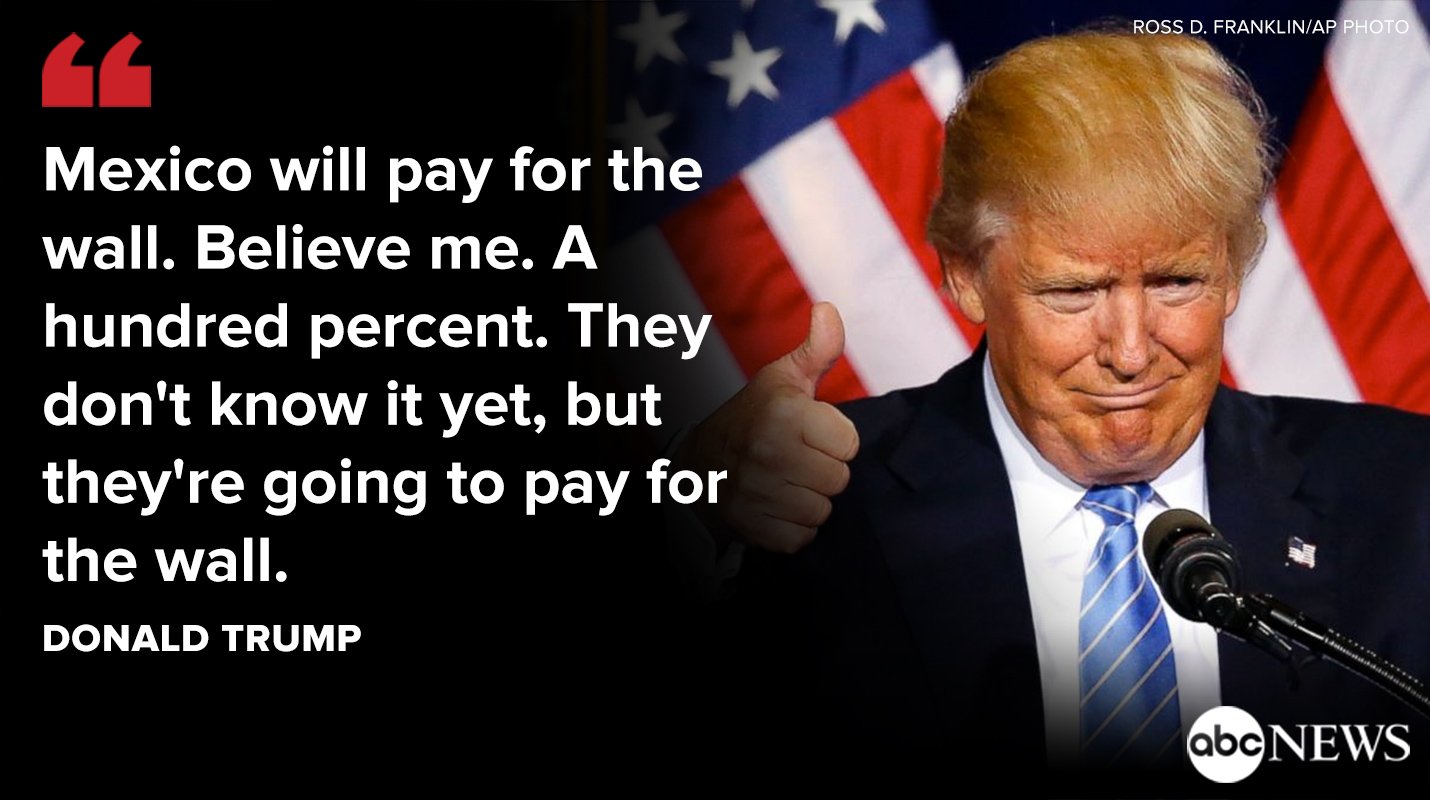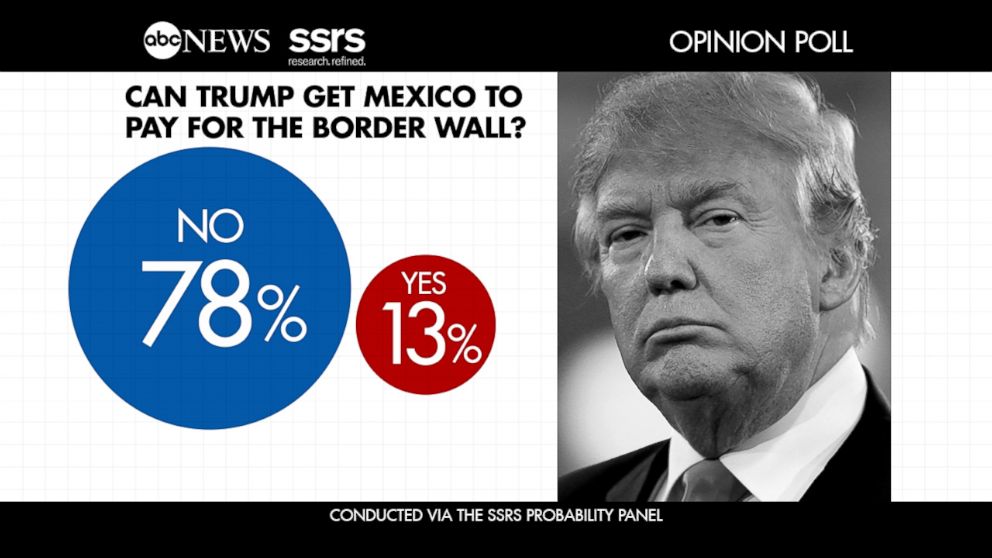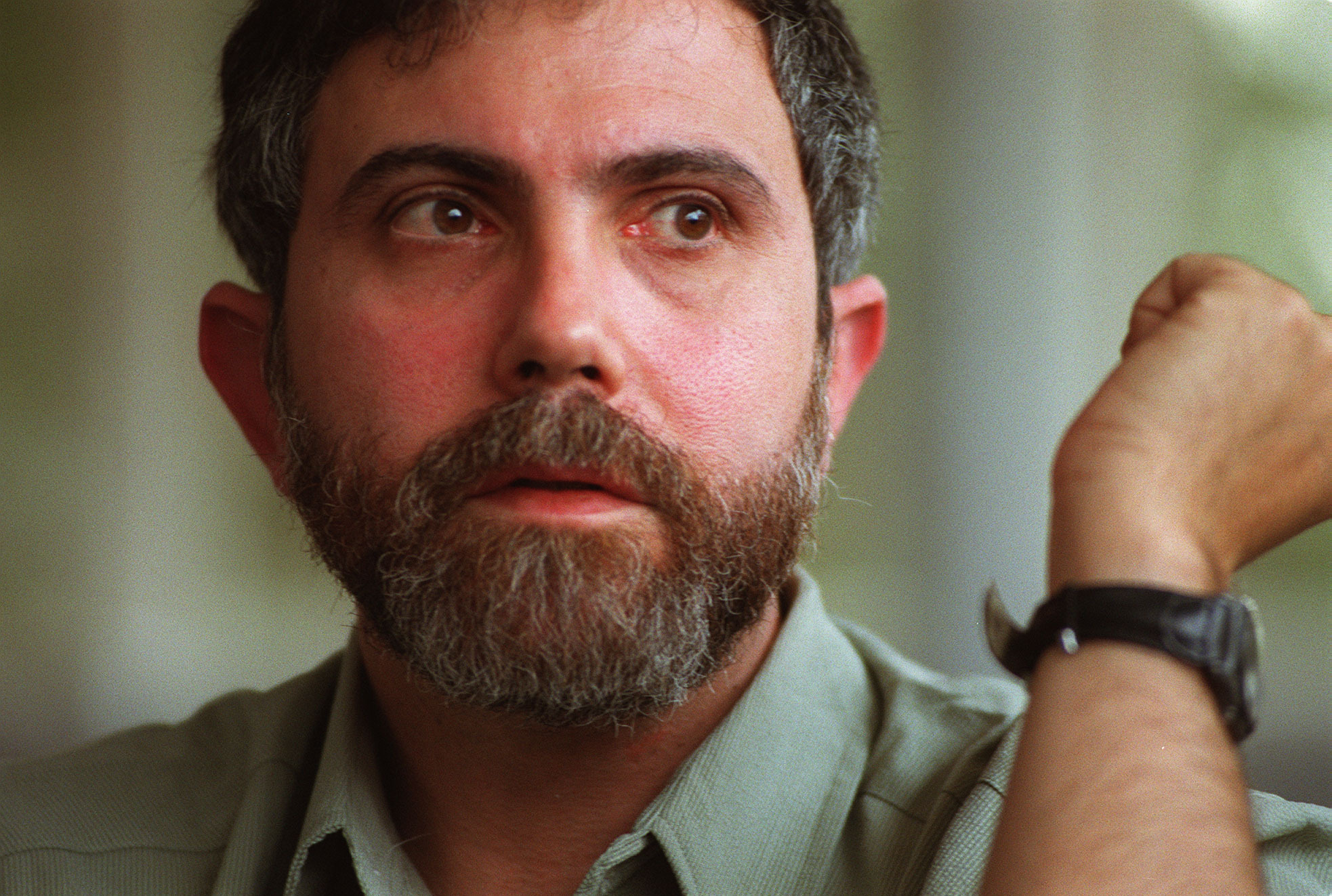The Tariff Trap: Why Trump’s Trade War Will Eventually Backfire
When Donald Trump launched his aggressive tariff war strategy during his presidency, the initial economic response was dramatic—but also deceptive. Stock markets recoiled, shipping volumes fluctuated like boats in a storm, and economists issued warnings about long-term consequences. Yet, Trump’s poll numbers remained curiously resilient. Why?
The answer lies in who felt the pain first—and who didn’t.
Only a small percentage of Americans own stocks directly. According to a Gallup poll, just over half of U.S. adults report owning any stocks at all, and among them, the wealthiest Americans disproportionately hold the vast majority of stock market wealth. So when the markets shuddered, most Americans didn’t feel an immediate hit to their wallets. Even those with retirement accounts or pensions—401(k)s and IRAs—were largely insulated from short-term market volatility. Those are long-term bets, and short-term dips don't trigger widespread panic.
But tariffs are a different beast altogether. They are direct. They are felt in the checkout line, at the gas pump, in the grocery aisle. When tariffs are imposed on foreign goods, the costs don’t disappear into the ether—they’re passed on to consumers. Despite rhetoric to the contrary, other countries don’t “pay” the tariffs. Just like Mexico didn’t pay for the wall, China didn’t pay for the tariffs. American importers paid them, and then passed the cost along.
That means the American consumer pays. Every household. Every business that relies on global supply chains. The tariff is, in essence, a tax hike on the American people.
And this is where the political cost begins to compound.
While the stock market’s tremors may not have rocked Trump’s core base, price hikes will. Unlike the abstract realm of global finance, everyone notices when their weekly grocery bill jumps or when the price of electronics, cars, and clothing rises. Inflation caused by tariffs isn't an economic abstraction—it’s a lived reality.
When those price increases become more widespread and unavoidable, Americans will respond. The Trump administration's economic strategy increasingly resembles Reverse Robin Hood: take from the poor, give to the rich. The poorest Americans, who spend the largest proportion of their income on goods and necessities, are the hardest hit. Meanwhile, tax breaks disproportionately benefit the wealthiest, creating a lopsided economic system where everyday consumers foot the bill for elite tax relief.
Tariffs were framed as a tool to punish foreign competitors and restore American dominance. But that is a fundamental misunderstanding of how trade works. Trade is not war. It is not a zero-sum game. Slapping tariffs does not make a country stronger—it makes its goods more expensive, its supply chains more fragile, and its economic growth more uncertain.
Worse, it alienates trading partners, invites retaliation, and undermines the very businesses America claims to protect.
Sooner or later, the American public will connect the dots. The delayed political cost of tariffs is real—and potentially severe. As more households feel the squeeze, expect poll numbers to plunge. Because while Wall Street may have absorbed the first wave, Main Street will not remain quiet when the second wave hits their wallets.
Trump’s trade war may have started with swagger and slogans, but it is likely to end in a sea of economic discontent—and political reckoning.
Grounded Greatness: The Case For Smart Surface Transit In Future Cities
The Garden Of Last Debates (novel)
Deported (novel)
Empty Country (novel)
Trump’s Default: The Mist Of Empire (novel)
The 20% Growth Revolution: Nepal’s Path to Prosperity Through Kalkiism
Rethinking Trade: A Blueprint for a Just and Thriving Global Economy
The $500 Billion Pivot: How the India-US Alliance Can Reshape Global Trade
Trump’s Trade War
Peace For Taiwan Is Possible
Formula For Peace In Ukraine
A 2T Cut
Are We Frozen in Time?: Tech Progress, Social Stagnation
The Last Age of War, The First Age of Peace: Lord Kalki, Prophecies, and the Path to Global Redemption
AOC 2028: : The Future of American Progressivism
Grounded Greatness: The Case For Smart Surface Transit In Future Cities
The Garden Of Last Debates (novel)
Deported (novel)
Empty Country (novel)
Trump’s Default: The Mist Of Empire (novel)
The 20% Growth Revolution: Nepal’s Path to Prosperity Through Kalkiism
Rethinking Trade: A Blueprint for a Just and Thriving Global Economy
The $500 Billion Pivot: How the India-US Alliance Can Reshape Global Trade
Trump’s Trade War
Peace For Taiwan Is Possible
Formula For Peace In Ukraine
A 2T Cut
Are We Frozen in Time?: Tech Progress, Social Stagnation
The Last Age of War, The First Age of Peace: Lord Kalki, Prophecies, and the Path to Global Redemption
AOC 2028: : The Future of American Progressivism
China Responds to Trump Trade Deal with Vietnam China has sharply criticized the new trade agreement between the United States and Vietnam, accusing President Donald Trump of using tariff negotiations with third countries to undermine Beijing’s export dominance. ...... Under the agreement, Vietnamese goods will face a 20% tariff, while goods transshipped from third countries through Vietnam will be hit with a steeper 40% levy. ....... U.S. Commerce Secretary Howard Lutnick, in a post on X Wednesday, said the trade deal with Vietnam is a massive win for America’s businesses, manufacturers, and farmers. ....... Trump said that Vietnam will do something “they have never done before”—give the United States of America total access to its markets for trade. ........ “In other words, they will ‘open their market to the United States,’ meaning that, we will be able to sell our product into Vietnam at zero Tariff,” Trump added. ....... In May, the U.S. and the U.K. signed an agreement that included strict security requirements for steel and pharmaceuticals, widely interpreted as an effort to reduce Chinese involvement in British supply chains. ...... However, in the lead-up to July 9 when the 90-day pause on those tariffs ends and levies as high as 50% could be imposed, there has been little progress. ....... Restoring such historic tariff rates could disrupt financial markets and upend business plans.
Explainer-Why are farm goods holding up the India-U.S. trade deal? Agriculture and its allied areas contribute just 16% to India's $3.9 trillion economy, but sustain nearly half of the country's 1.4 billion population. As farmers remain the most powerful voting bloc, Prime Minister Narendra Modi's government was forced into a rare retreat four years ago when it tried to push through controversial farm laws. ........ New Delhi has traditionally kept agriculture out of Free Trade Agreements with other nations. Granting market access to the U.S. could force India to extend similar concessions to other trading partners. ....... The average Indian farm comprises just 1.08 hectares, compared to 187 hectares in the United States. In dairy, the average herd size in India is two to three animals per farmer, compared to hundreds in the United States. ........ Farming in India remains largely unmechanized because small, fragmented land holdings leave little room for large machinery. In many regions, farmers rely on techniques passed down through generations, a sharp contrast to U.S. farms, where cutting-edge equipment and AI-driven technologies have raised productivity. ............ The United States is pressing India to open its markets to a wide range of American products, including dairy, poultry, corn, soybeans, rice, wheat, ethanol, citrus fruits, almonds, pecans, apples, grapes, canned peaches, chocolates, cookies, and frozen French fries. While India is willing to grant greater access to U.S. dry fruits and apples, it is holding back on allowing imports of corn, soybeans, wheat, and dairy products. ...........
India does not allow genetically modified (GM) food crops, while most U.S. corn and soybean production is GM-based.
......... Dairy remains a sensitive issue in India, where cultural and dietary preferences strongly influence food choices. Indian consumers are particularly concerned that cattle in the U.S. are often fed with animal by-products, a practice that conflicts with Indian food habits. ........ A key aim of India's Ethanol Blended Petrol (EBP) program is to cut dependence on energy imports by blending domestically-produced ethanol with gasoline. Significant investments by domestic companies mean that India is now close to achieving its ambitious target of blending 20% ethanol. Importing ethanol would undermine those companies. ........ The EBP also helps manage surpluses of rice, sugarcane, and corn by diverting them to ethanol production. Allowing imports of U.S. ethanol would be a serious setback for India's emerging distillery sector.
Grounded Greatness: The Case For Smart Surface Transit In Future Cities
The Garden Of Last Debates (novel)
Deported (novel)
Empty Country (novel)
Trump’s Default: The Mist Of Empire (novel)
The 20% Growth Revolution: Nepal’s Path to Prosperity Through Kalkiism
Rethinking Trade: A Blueprint for a Just and Thriving Global Economy
The $500 Billion Pivot: How the India-US Alliance Can Reshape Global Trade
Trump’s Trade War
Peace For Taiwan Is Possible
Formula For Peace In Ukraine
A 2T Cut
Are We Frozen in Time?: Tech Progress, Social Stagnation
The Last Age of War, The First Age of Peace: Lord Kalki, Prophecies, and the Path to Global Redemption
AOC 2028: : The Future of American Progressivism
Donald Trump's approval rating surges among Black voters Trump's approval rating among Black voters has grown by 8 points since the beginning of the month. ....... Trump's approval rating among Black voters currently stands at 31 percent, up from 23 percent at the beginning of June. Meanwhile, his disapproval rating is down 4 points, from 68 to 64. ........ It comes as Trump's national approval ratings are trending downwards, with several recent polls showing Trump's approval rating at an all-time low for his second term. ......... the poll shows Trump's approval among Black voters increasing more than any other demographic. ........ "If I have to speculate about why this is happening, I would say that the broad economic effects that economists have been predicting from the tariffs has not yet hit the Black community and inflation has cooled a little bit since Trump took office" ........... only 9 percent of Black voters describe the economy as good or excellent, while only 12 percent approve of his performance on the economy. ........ Trump nearly doubled his support among Black voters from 2020 to 2024, rising from 8 percent to 15 percent. Black men and women were more likely to back him in 2024, with 21 percent of Black men and 10 percent of Black women casting their vote for Trump. ...... Trump's share of the vote among Black urban voters growing from 8 percent in 2020 to 15 percent in 2024 ............ "Trump didn't just run against Democrats, he ran against the system....His message—populist, anti-elite, culturally nationalist—resonated emotionally with a surprising range of people: working-class men across racial and regional lines, including Black and Hispanic voters in cities" ......... "This shift isn't about Black voters suddenly embracing Trump's full ideology, but it's a wake-up call that our votes are up for grabs—and that both parties should finally be competing for the Black vote," Jones said. "This isn't partisan; it's practical....Black voters are tired of being overlooked, spoken down to, and fed the same hollow promises. These polls show we are open and can reward whoever speaks to our kitchen table issues, rather than simply follow a party line." ........ Trump's approval rating among Black voters has fallen from -31 points at the beginning of his second term, to -65 points. That is the most dramatic shift of any racial group. Among white voters, Trump held a net favorability rating of +13 at the beginning of his second term. That figure has now fallen to -1. ....... And among Hispanic Americans, Trump's net favorability has plummeted from -12 at the start of his second term to -26 now, suggesting that early inroads he made with some Latino voters during the 2020 and 2024 campaigns may be reversing.
Grounded Greatness: The Case For Smart Surface Transit In Future Cities
The Garden Of Last Debates (novel)
Deported (novel)
Empty Country (novel)
Trump’s Default: The Mist Of Empire (novel)
The 20% Growth Revolution: Nepal’s Path to Prosperity Through Kalkiism
Rethinking Trade: A Blueprint for a Just and Thriving Global Economy
The $500 Billion Pivot: How the India-US Alliance Can Reshape Global Trade
Trump’s Trade War
Peace For Taiwan Is Possible
Formula For Peace In Ukraine
A 2T Cut
Are We Frozen in Time?: Tech Progress, Social Stagnation
The Last Age of War, The First Age of Peace: Lord Kalki, Prophecies, and the Path to Global Redemption
AOC 2028: : The Future of American Progressivism
Grounded Greatness: The Case For Smart Surface Transit In Future Cities
The Garden Of Last Debates (novel)
Deported (novel)
Empty Country (novel)
Trump’s Default: The Mist Of Empire (novel)
The 20% Growth Revolution: Nepal’s Path to Prosperity Through Kalkiism
Rethinking Trade: A Blueprint for a Just and Thriving Global Economy
The $500 Billion Pivot: How the India-US Alliance Can Reshape Global Trade
Trump’s Trade War
Peace For Taiwan Is Possible
Formula For Peace In Ukraine
A 2T Cut
Are We Frozen in Time?: Tech Progress, Social Stagnation
The Last Age of War, The First Age of Peace: Lord Kalki, Prophecies, and the Path to Global Redemption
AOC 2028: : The Future of American Progressivism
The Tariff Trap: Why Trump’s Trade War Will Eventually Backfire https://t.co/e3xillW5TJ
— Paramendra Kumar Bhagat (@paramendra) July 3, 2025
Trump’s Trade War https://t.co/jujJ9mdzvC
— Paramendra Kumar Bhagat (@paramendra) July 3, 2025
The $500 Billion Pivot: How the India-US Alliance Can Reshape Global Trade https://t.co/twyC7Gb5Mt
— Paramendra Kumar Bhagat (@paramendra) July 3, 2025
Rethinking Trade: A Blueprint for a Just and Thriving Global Economy https://t.co/8aGH1VhAMj
— Paramendra Kumar Bhagat (@paramendra) July 3, 2025
The 20% Growth Revolution: Nepal’s Path to Prosperity Through Kalkiism https://t.co/sv9xIB9gWC
— Paramendra Kumar Bhagat (@paramendra) July 3, 2025
Trump’s Default: The Mist Of Empire (novel) https://t.co/33eFTUwu2V
— Paramendra Kumar Bhagat (@paramendra) July 3, 2025
Empty Country https://t.co/yMDHpkDqEA
— Paramendra Kumar Bhagat (@paramendra) July 3, 2025
Deported https://t.co/KrjKa39Kon
— Paramendra Kumar Bhagat (@paramendra) July 3, 2025
टैरिफ का जाल: क्यों ट्रंप का व्यापार युद्ध उल्टा पड़ेगा
जब डोनाल्ड ट्रंप ने अपने राष्ट्रपति काल में आक्रामक टैरिफ युद्ध की रणनीति शुरू की, तब शुरुआती आर्थिक प्रतिक्रिया काफी तेज़ थी—लेकिन भ्रमित करने वाली भी। शेयर बाज़ार हिल गया, शिपिंग वॉल्यूम एक तूफ़ान की तरह ऊपर-नीचे हुए, और अर्थशास्त्रियों ने दीर्घकालिक नुक़सान की चेतावनी दी। फिर भी, ट्रंप की लोकप्रियता में ज़्यादा असर नहीं दिखा। ऐसा क्यों हुआ?
इसका जवाब है—कौन पहले प्रभावित हुआ, और कौन नहीं।
संयुक्त राज्य अमेरिका में केवल एक छोटा वर्ग ही सीधे शेयर बाज़ार में निवेश करता है। Gallup के एक सर्वे के अनुसार, लगभग आधे अमेरिकी ही किसी रूप में स्टॉक रखते हैं, और उनमें भी सबसे अमीर लोग अधिकांश निवेश पर नियंत्रण रखते हैं। तो जब बाज़ार में गिरावट आई, तब अधिकांश अमेरिकियों के जेब पर कोई सीधा असर नहीं पड़ा। जिनके पास पेंशन फंड या रिटायरमेंट अकाउंट (401k, IRA) हैं, वे भी इस उतार-चढ़ाव से ज़्यादा प्रभावित नहीं हुए, क्योंकि ये दीर्घकालिक योजनाएँ हैं।
लेकिन टैरिफ अलग होते हैं। वे सीधे असर डालते हैं। वे किराने की दुकान में, पेट्रोल पंप पर, रोज़मर्रा की चीज़ों की कीमतों में दिखते हैं। जब किसी देश पर आयात शुल्क (टैरिफ) लगाया जाता है, तो उसकी लागत अंतरिक्ष में गुम नहीं होती—वह उपभोक्ताओं तक पहुँचती है। ट्रंप की बयानबाज़ी के विपरीत, दूसरे देश टैरिफ नहीं देते। जैसे मेक्सिको ने दीवार का खर्च नहीं दिया, वैसे ही चीन ने भी टैरिफ का भुगतान नहीं किया।
टैरिफ का भुगतान अमेरिकी आयातक करते हैं, फिर वे वह लागत रिटेलरों को देते हैं, और अंततः वह बोझ उपभोक्ता पर आ जाता है।
इसका मतलब है कि हर अमेरिकी घर इस लागत को वहन करता है। हर वह व्यवसाय जो वैश्विक सप्लाई चेन पर निर्भर है। वास्तव में टैरिफ एक छिपा हुआ टैक्स है—सीधा आम जनता पर थोप दिया गया।
यहीं से राजनीति में उसका असर दिखना शुरू होता है।
शेयर बाज़ार की गिरावट ने ट्रंप के समर्थकों को ज़्यादा नहीं झटका, लेकिन मूल्यवृद्धि ज़रूर झटकेगी। अमीर और गरीब दोनों ही कीमतों में वृद्धि महसूस करेंगे, लेकिन गरीब वर्ग पर इसका असर कहीं ज़्यादा होगा, क्योंकि वे अपनी आय का बड़ा हिस्सा रोज़मर्रा की ज़रूरतों पर खर्च करते हैं।
यह रणनीति रिवर्स रॉबिन हुड की तरह है: गरीबों से पैसा लेकर अमीरों को देना। गरीब और मध्यम वर्ग के लोग महंगे दाम पर चीज़ें खरीदते हैं, और अमीरों को टैक्स में छूट मिलती है।
ट्रंप ने टैरिफ को विदेशी प्रतिस्पर्धियों को सबक सिखाने और अमेरिका को "महान" बनाने का औज़ार बताया। लेकिन यह व्यापार को समझने में एक गहरी भूल है। व्यापार युद्ध नहीं है। यह शून्य-योग (zero-sum) खेल नहीं है। टैरिफ लगाने से कोई देश विजेता नहीं बनता—वह केवल अपनी ही वस्तुएँ महंगी कर लेता है, सप्लाई चेन को कमजोर करता है, और जवाबी प्रतिबंधों को आमंत्रित करता है।
इससे व्यापार साझेदार नाराज़ होते हैं, बदले में वे भी टैरिफ लगाते हैं, और वही उद्योग जिन्हें "सुरक्षित" करने की बात की जाती है, वे ही सबसे ज़्यादा प्रभावित होते हैं।
धीरे-धीरे अमेरिकी जनता इस सच्चाई को समझेगी। टैरिफ की राजनीतिक कीमत असली है—और शायद बहुत भारी भी। जैसे-जैसे अधिक से अधिक परिवारों पर इसका असर दिखेगा, चुनावी आंकड़े गिरना तय है। क्योंकि जहाँ वॉल स्ट्रीट ने पहले झटका झेला, वहीं अब मेन स्ट्रीट (जनता) की बारी है।
ट्रंप का व्यापार युद्ध चाहे आत्मविश्वास और नारों के साथ शुरू हुआ हो, इसका अंत एक आर्थिक असंतोष और राजनीतिक जवाबदेही के साथ होने वाला है।










